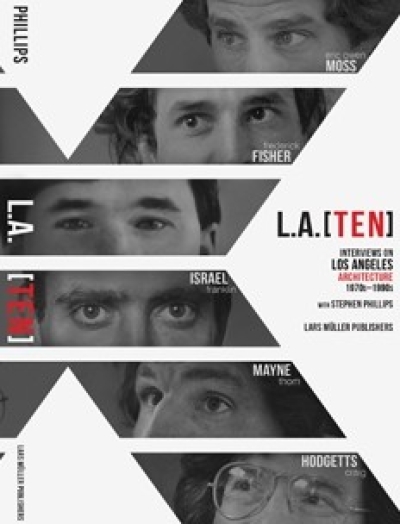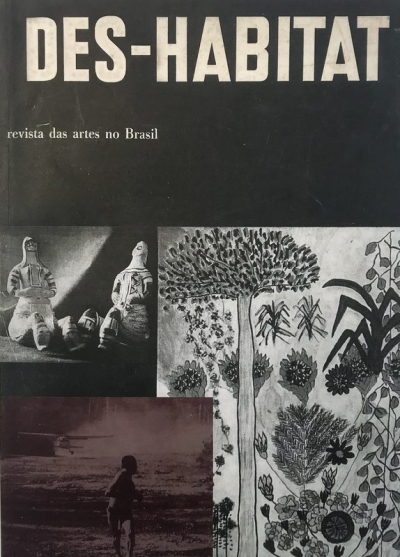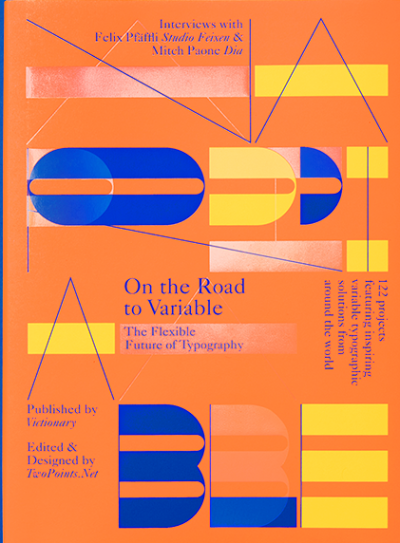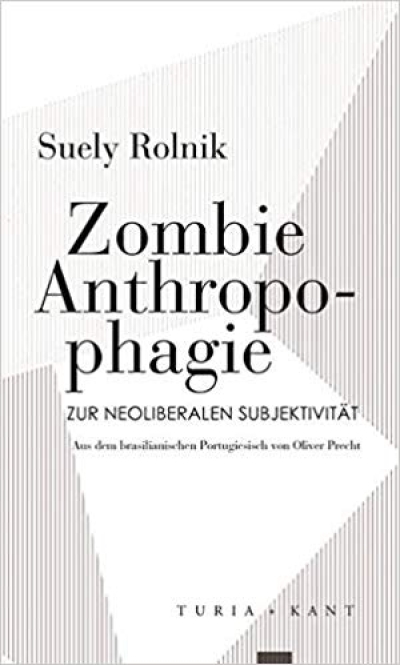
L.A. [Ten]. Interviews on Los Angeles Architecture, 1970–1990s
Catapulted to fame by the international media in and around the 1980s, a loosely affiliated cadre of architects – the so-called L.A. Ten – emerged to define the future of Los Angeles architecture. In this book, L.A. Ten architects Neil Denari, Frederick Fisher, Ming Fung, Craig Hodgetts, Coy Howard, Franklin Israel (posthumously), Wes Jones, Thom Mayne, Eric Owen Moss, and Michael Rotondi offer a casual, witty, and approachable retrospective on the characters, environment, and cultural history of L.A. architecture as they remember it through a series of oral history interviews conducted by Stephen Phillips alongside Wim de Wit, Christopher Alexander (both Getty Research Institute), and the students of the Cal Poly LA Metro Program in Architecture and Urban Design. Touching upon the intrigue and development surrounding the Los Angeles architecture scene from Postmodernism through Deconstructivism, this book reveals deeply personal and moving stories and events about many of the formative conferences, exhibitions, pedagogical developments, and formal and material strategies of the avant-garde Los Angeles architecture community from the 1970s to the 1990s.
Anfang der 1980er-Jahre tritt mit den «L.A. Ten» eine Architektengruppe auf die Bildfläche, die die architektonische Zukunft der kalifornischen Stadt entscheidend mitbestimmen wird. In diesem Buch zeichnen Stephen Phillipps, Wim de Wit und Christopher Alexander (beide Getty Research Institute) die Entwicklung der Architekturszene der Stadt von 1970 bis 1990 nach. Den Kern der Publikation bilden Gespräche mit den L.A. Ten-Architekten Neil Denari, Frederick Fisher, Ming Fung, Craig Hodgetts, Coy Howard, Franklin Israel (posthum), Wes Jones, Thom Mayne, Eric Owen Moss und Michael Rotond. Die Protagonisten rekapitulieren nicht nur bedeutende Momente der eigenen Vita, sondern auch Ereignisse, die die gesamte Avantgarde-Community L.A.s geprägt haben, wie Konferenzen und Ausstellungen. Darüber hinaus analysieren sie die Herausbildung eines gemeinsamen Denkansatzes sowie die gestalterischen Strategien der Gruppe. Die Publikation bietet einen umfassenden Überblick über die L.A. Ten-Architekten zwischen Postmodernismus und Dekonstruktion.
STEPHEN PHILLIPS ist Associate Professor of Architecture an der California Polytechnic State University, San Luis Obispo und Gründungsdirektor des Cal Poly L.A. Metro Program in Architecture and Urban Design.
15,2 x 22,9 cm, 256 Seiten, 194 Abbildungen, Hardcover (2014)

































































































